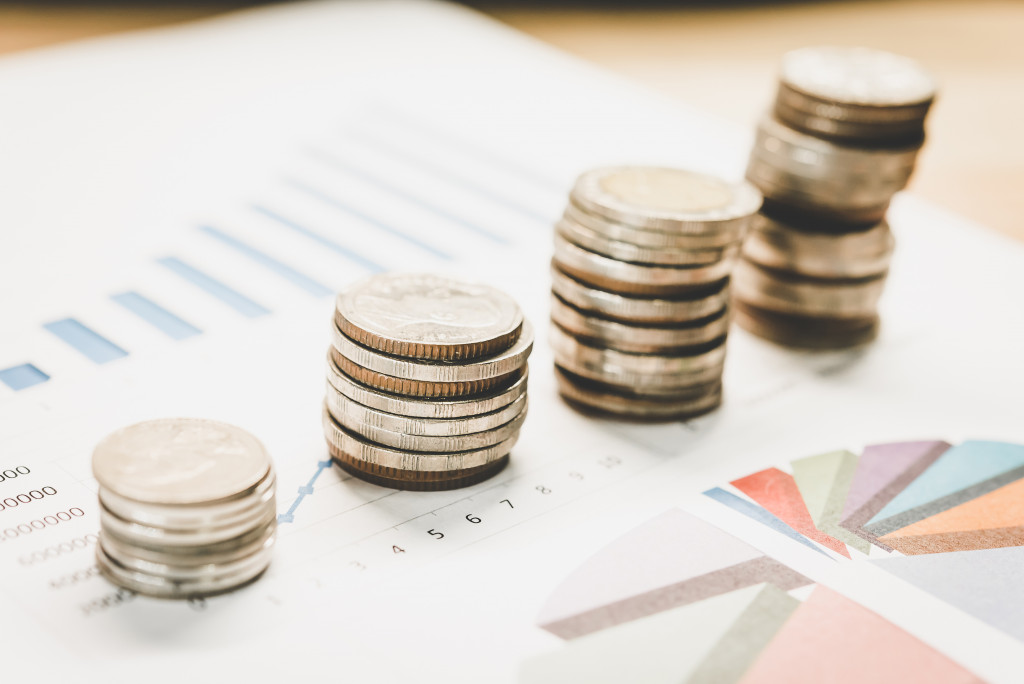Based on one study, 74 percent of American adults are comfortable with their current financial status. But in case of emergencies, 41 percent will have to sell a property, borrow money, or ignore the problem altogether. In short, $400 barely covers two uninsured primary care doctor visits. Financial literacy will help you plan for rising housing prices, medical expenses, and education costs.
You’ll also learn more about the basics, including ensuring the income outweighs the expenses or paying off monthly loans, encouraging people to make much better financial choices. Below are eight virtual training solutions (in no particular order) that will help you on your journey to successful financial planning:
1. $MartPath
Elementary schools will not teach financial literacy, but adults know that it’s essential for kids to learn about that topic as young as possible. $MartPath, in partnership with CauseLabs, the Karrakin group, and the University of Cincinnati Economics Center, has made financial education more accessible for teachers.
$MartPath offers short, fun lessons for elementary and middle school students to teach them about financial health, savings, and spending. In addition, the platform offers 20+ supplemental worksheets, 2+ hours of animation, and 25 interactive games.
2. The Financial Diet
Hearing about other people’s stories is another excellent way to learn. The Financial Diet is rich in resources that focus on standard personal financial advice, including preparing to negotiate a salary increase. It also features other people’s financial journeys.
You can find stories about financial challenges that might include getting scammed out of $400 for investment or financially supporting a family member at 29 years old. Each story is rich in an insightful look into the reality of personal finance.
3. National Disability Institute
Most disabled Americans didn’t think of saving money until legislators passed the ABLE Act in 2014. Before that, a disabled person becomes ineligible for federal benefits if their total possessions exceed $2,000. After implementing that act, eligible disabled individuals can send an application to save while still benefiting from the benefits.
But the act also has restrictions that don’t grant disabled individuals the same financial freedom that abled people can enjoy freely. To address that, the NDI has opted to make its tools available for free. This way, disabled individuals can learn more about financial literacy, encouraging them to make good decisions and plan for the future.
4. 360 Degrees of Financial Literacy
360 Degrees of Financial Literacy offers a simple platform that asks you to pick your top life goals and a checklist of solutions you can use to manage your finances. You’ll get a few tips on what you can do to improve your financial condition for the following year. Hence, giving you an easy path to teaching yourself about managing your money.

5. Saveandinvest.org
Each tip and trick for financial literacy differs from one person to another. If you or a relative is currently serving the military, you’ll likely need a different approach than the general public. Saveandinvest.org offers free resources for all, but their tools for military personnel and their families are the most popular offer they have.
Saveandinvest.org also has a page that outlines laws that govern a military personnel’s finances. You can also test your financial knowledge through different quizzes or games on their website when reading about investment accounts is challenging for you.
6. Investopedia
Investopedia is also another excellent tool if you’re already familiar with the basics of financial literacy. Their site contains articles that will teach you about planning for post-retirement healthcare, navigating the basics of economic well-being, and managing small business challenges.
You can also find a list of every term related to economics and finance, allowing you to learn more about the differences of each jargon quickly.
7. Albert
You might learn about budgeting through different apps, but they will not educate you about changing how you think about money. On the other hand, Albert’s goal is to change that mindset through analyzing expenses and income. You’ll also find a team of financial advisors who can help you open a savings plan or pick a loan.
You might have to pay for Albert’s monthly fees to maximize what they have to offer. However, the free version features are still helpful in educating yourself about financial freedom.
8. FINRA
If you’re a visual learner that needs numbers and data to learn, FINRA is the best tool because it’s rich in information that you can use. Besides, they also have tools that will teach you about avoiding the common challenges in personal finance.
FINRA’s quiz is another excellent tool to test your understanding of money and how you can be more intelligent in managing your finances. Lastly, you can access resources, reports, and studies for free, making FINRA a great tool to share with other people.
Making wise financial decisions is challenging, but financial education can help you be more intelligent and confident about your choices. You’ll be more efficient in managing your finances by being more financially literate from these learning resources.

